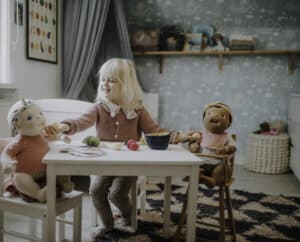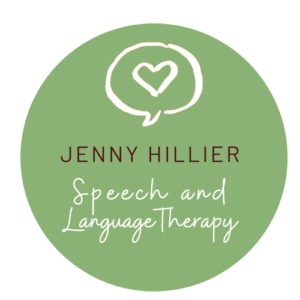Comprehensive Speech and Language Assessment
The assessment process begins with a phone consultation to gather information and discuss your concerns.
€400
Speech Assessment
€350
Early Communication Assessment
Assessment for under 3 years or children with complex communication needs. The assessment session with parent and child typically takes 1 hour.
€350
Review Asessement
Review assessments help measure progress and update therapy goals. Review assessments are carried out over a 60-minute session and verbal feedback is provided. A written report can also be provided upon request.
Individual Therapy 45 Minutes
Therapy sessions can be one-on-one or in small groups depending on availability.
€100*
Detailed Report
A detailed report can be provided following a speech and language assessment. This will provide information about your child’s strengths and weaknesses in the areas that have been assessed as detailed recommendations.
€100
Summary report
A summary report is available upon request
€40


*Home and school visits may incur an additional charge, depending on the distance
**Additional support packages are billed for every subsequent 15 minute slot
Phone Calls and Additional Clinical Time:
A fee will apply for any scheduled phone consultation that is 15 minutes and over. Additional 15 minute slots will also be billed for clinical time.
Cancellation Fee:
Where any scheduled assessment or therapy session is cancelled, a standard cancellation fee of 50% will apply in all circumstances. A 10 minute phone consultation with parent/carer (or teacher if a school visit was planned) will be offered to discuss your child’s progress and any new activities that can be completed until the next clinic session or block of sessions. In this way, momentum in the therapy block can be maintained, clinic time is maximised and goals are kept on track. Where a client does not attend an appointment and no prior notice is provided, a 100% non attendance fee of 100% will be applied. The cancellation fee or non attendance fee must be paid for in full before another appointment will be scheduled. This can be paid via payment link sent by email. Parent(s)/Carer(s)/Client(s) may avail of the phone consultation at the time of the scheduled therapy session or another slot within 48 hours.
*Jenny Hillier Speech Therapy Services reserves the right to discharge from services due to ongoing failure to attend.
We do everything we can to ensure that the prices on our website are correct, and we try to keep our prices constant. Sometimes we need to change the cost of sessions or assessments. We reserve the right to change our prices at any time without further notice.
Can I claim assessment and therapy sessions from my health insurance?
If you have health insurance, you may be able to claim some of the cost of speech and language therapy and assessment sessions. Please contact your health insurance provider to discuss what options are available to you. Receipts are provided upon payment.
Can I claim tax relief?
You can avail of tax relief for speech and language therapy for children under the age of 18 or adults above the age of 18 who are in full-time education. To avail of this, you will need a MED 1 FORM and all receipts provided. You will also need a medical letter of referral from your GP. You can find more information about this from the Revenue website or from the Citizen’s Information website.


Jenny has partnered with Rubens Barn and Micki of Sweden, working closely together to create a new line of educational dolls. Rubens Baby and accessories have been designed to develop social, emotional and communication skills in young children and are on sale now!!
drop us a line and keep in touch


